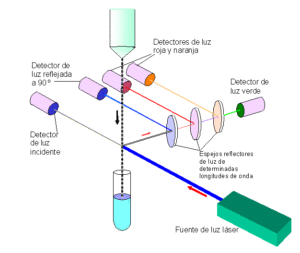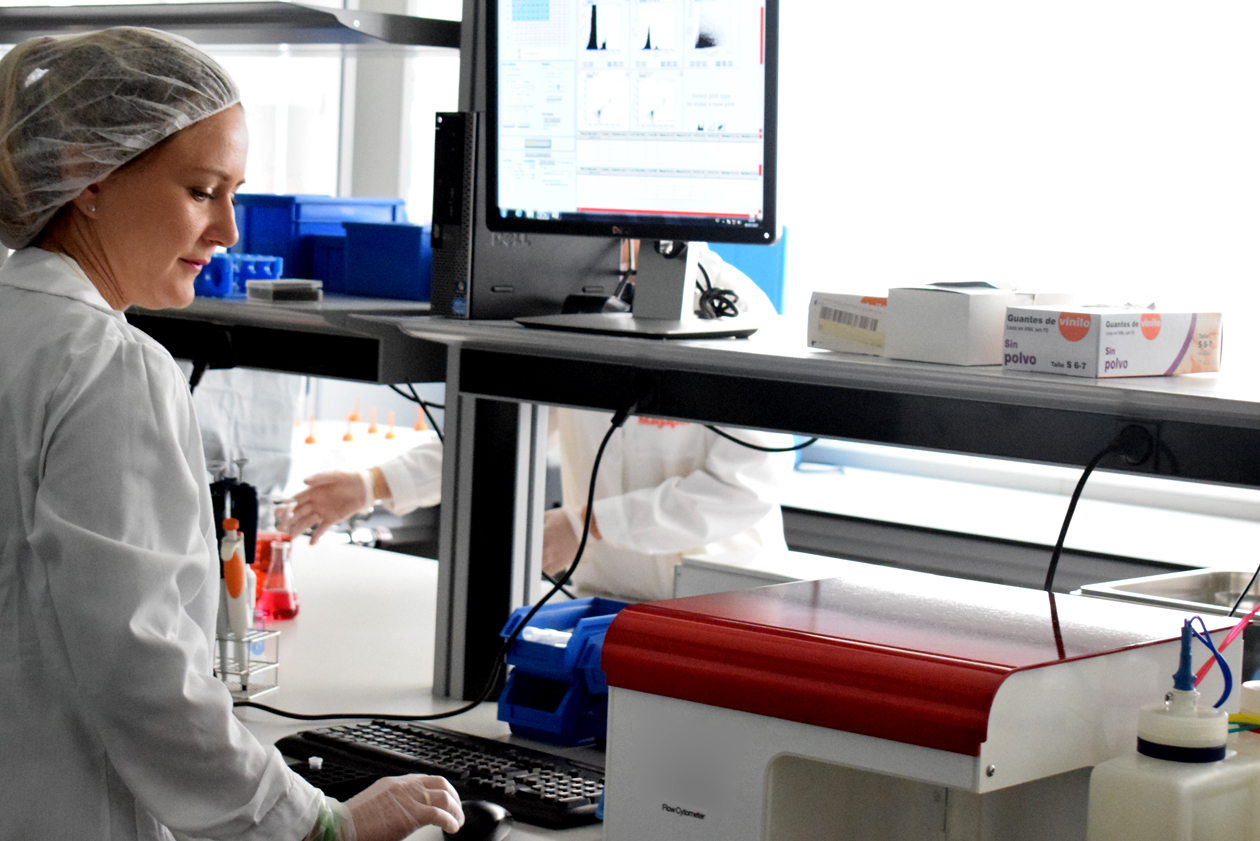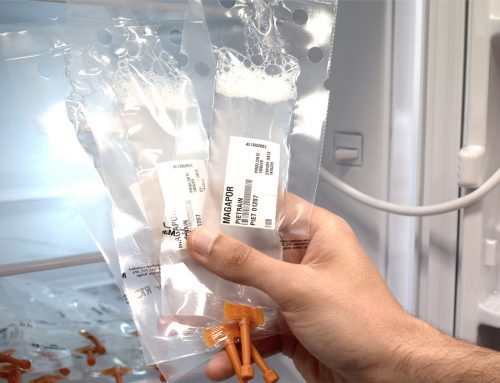The inclusion of parameters in the analysis of a seminal sample for artificial insemination could be very useful.
However, when testing boars, we must bear in mind that a good seminal quality, determined by assessment of motility or integrity of the plasma membrane, does not always guarantee a good fertilizing capability.
Some studies have linked the existence of spermatozoa with initial alterations in the plasma membrane, mitochondria and DNA not only to low fertility results in some species, but also to problems in the subsequent development of embryos. Therefore, it would be advisable to study these parameters for the analysis of the seminal quality of new boars.
Since damage to DNA would be one of the last phases in the degenerative chain of sperm, sometimes boars with compromised fertility would keep unnoticed when analyzing only DNA. This is why a complementary study of its mitochondrial condition and its plasma membrane with specific stains not detectable with other common techniques would be necessary. And flow cytometry is very useful for this purpose.
Cytometry is a generic word applied to any technology that is used for the measurement, counting, comparison or other characterization of cells in a fluid (flow) and pass through a thin transparent tube on which a thin beam of light strikes (Laser).
Flow cytometry is a fast, objective and quantitative method to analyse cells, nuclei, chromosomes, mitochondria or other suspended particles. It is a multiparametric analytical method that allows the rapid measurement of certain physical and chemical characteristics of cells or particles suspended in a liquid medium. They produce a signal individually when interfering with a light source.
One of the most important analytical characteristics of flow cytometers is their capability to measure multiple cellular parameters such as size, shape and complexity and, of course, any cellular component or function that can be marked with a fluorochrome.
The detected light signals are transformed into electrical impulses. These amplified and converted into digital signals that a computer processes subsequently.
Thanks to its great specificity it is able to distinguish between several different populations (sperm, bacteria, …).But the main characteristic of flow cytometry, as mentioned previously, is that it can offer simultaneous information of several parameters of each spermatozoon analyzed and the relationship between the parameters studied of several sperm cells. All this is very quickly (4000 sperm per second), which allows us to have very objective information and for large sample size, in addition to know the internal functioning of the sperm.
The drawback of flow cytometry is its high price, so it is not usually used for the production of seminal doses, but rather in research and as a tool to assess the fertilizing ability of boars. Moreover, due to its complexity, qualified and experienced personnel are needed to operate it and interpret its results.

Source: UNIVERSITY OF MADRID
For the analysis with cytometry, the sperm sample is in suspension. Cells pass through a chamber in which a beam of light from a “Laser” specific wavelength strikes. They pass at a constant speed of several thousand per second and within a laminar flow.
The generated data are analyzed statistically by several specific programs (software). As a result, we obtain a vast amount of information about their intrinsic and / or extrinsic characteristics, as well as structural and / or functional aspects of the spermatozoa.
The most difficult matter regarding cytometry is knowing what we want to analyze, how to study it (necessary fluorochrome, detection protocol, etc.) and how to interpret the results.
And that is all for today. Next week, our R + D + I Biotechnology department will provide us with the second part of its exposition on FLOW CYTOMETRY.




